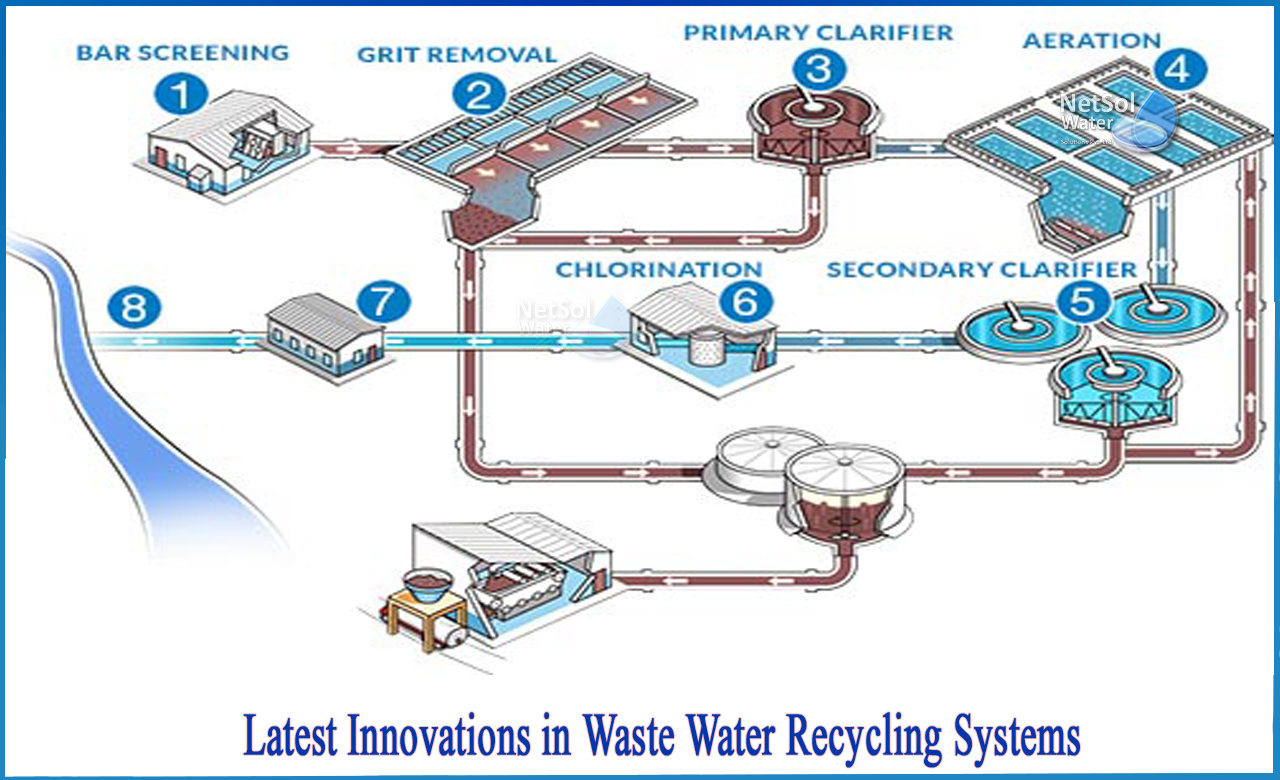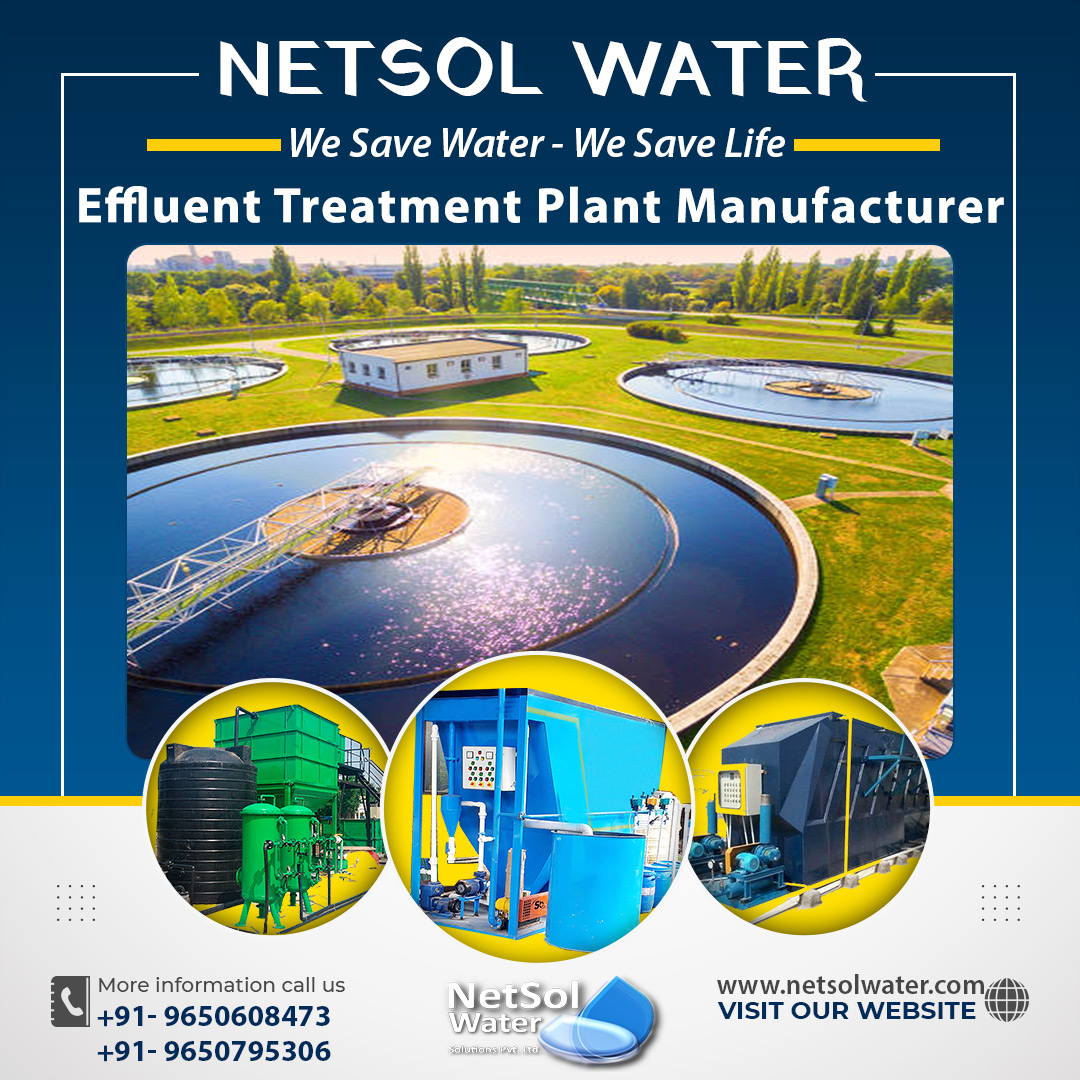People say that 70% of the world can be seen as blue from the moon, implying that we have plenty of water, but how much of it can be used by humans?
According to statistics, only 2.5 percent of the total available water is fresh, with the rest being saline or ocean-based. Water scarcity and pollution are threats that make life difficult to sustain, so an alternative must be devised to address the crisis. Wastewater recycling and purification using equipment such as clarifiers, reverse osmosis systems, and oil separators streamlines the process of treating millions of gallons of water every day.
As the world's population grows, wastewater treatment becomes increasingly important. We must not only find ways to treat water that have a lower carbon footprint, but we must also find new and creative ways to dispose of the byproduct of wastewater sludge dewatering.
What is the latest technology in wastewater treatment?
The major effluents from industrial wastes are metal impurities present in wastewater. Chromium, lead, nickel, tin, and cadmium are the most common metal impurities found in wastewater. Inorganic solids such as bicarbonates, chlorides, and sodium, potassium, and magnesium sulphates are among the dissolved solid impurities.
The four new wastewater treatment technologies listed below are all very exciting.
1. Thermal hydrolysis:
Thermal hydrolysis technology has three applications: wastewater treatment, waste byproduct reduction, and biogas production. Traditional wastewater treatment plants must plan for large amounts of sludge generated during the industrial wastewater treatment process. Thermal hydrolysis plants, on the other hand, view sludge as a valuable source of energy rather than waste.
After the wastewater has been treated and the sludge has been collected, the production of biogas can begin. In large vats, the sludge is heated and compressed. The required temperatures range from 160 to 165 degrees Celsius, and the required pressure ranges from high pressure (7 – 11 or 12 bars).
Batch(BIOTHELYS) and EXELYIS are the two thermal hydrolysis technologies.
>Thermal hydrolysis of biothelys (batch)
Biothelys Technology necessitates large plots of land for each plant and requires large amounts of wastewater every day in order to produce enough biogas to remain viable. However, for large municipalities, neither requirement is generally an issue, nor biogas production can be a significant revenue stream.
>Thermal hydrolysis exelys
Exelys Technology can be productive in less space and requires less wastewater to remain viable. Exelys Technology not only takes up less space, but it also produces 130 percent more biogas than the next most productive thermal hydrolysis systems using the same amount of sludge. Although the development of an Exelys Plant is costly, the operating costs are significantly lower than those of other thermal hydrolysis systems.
2. Cells for microbial fuel:
Microbial fuel cells (MFC) technology, which uses bacteria to clean wastewater, is another technology that performs three functions at the same time. Even more impressive is the fact that the bacteria produce charged electrons that can be converted into electricity as a byproduct of their consumption of wastewater sludge.
Scientists have already succeeded in generating significant amounts of electricity in the laboratory by transferring electrons produced during bacterial oxidation to an electrode.If MFC technology can be mass-produced, less fossil fuels will be required to generate electricity.
3. Treatment of wastewater by solar photo catalysis:
One of the most difficult challenges in wastewater treatment is determining what to do with the resulting sludge. When compared to traditional wastewater treatment systems, solar photo catalytic wastewater treatment can reduce sludge amounts by more than 80%.
Sludge, also known as "organic content," is significantly reduced by a photo catalytic system due to a microbial decomposition – oxidation – process known as "solar irradiation." Solar irradiation has a synergistic effect in that it reduces the amount of carbon in the sludge when combined with hydrogen peroxide – carbon being the primary element in organic content.
4. Natural wastewater treatment technologies:
Roofs and streets are two of the most significant sources of wastewater. Storm drain water is frequently allowed to run back into nature after accumulating significant amounts of toxins, organic waste, and pathogens. Rather than allowing wastewater to flow back into streams, rivers, lakes, and oceans, municipalities and state agencies around the world have begun to treat their water with natural technologies.
Sediment ponds, excavated wetlands with filtration systems, and large-scale soil filters are examples of natural technologies. By slowing the escape of storm water and allowing solids and microbes to settle and become trapped in a natural filter, the water returned to nature is significantly cleaner.




